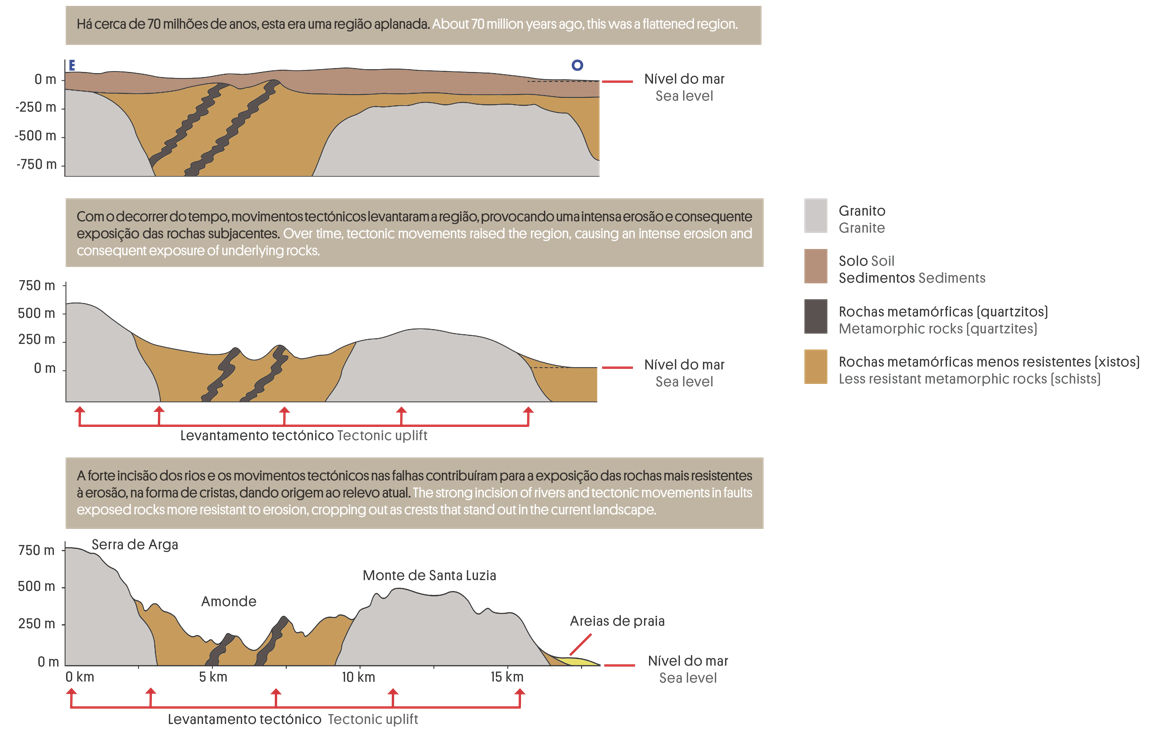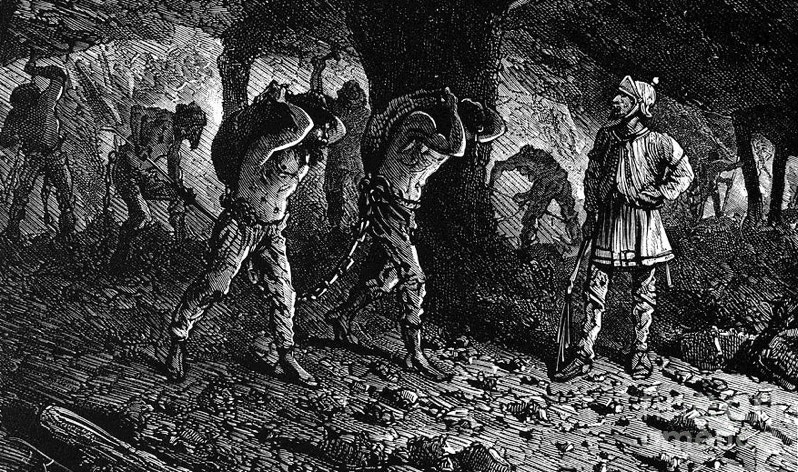
In the middle of the twentieth century, there was a strong mining activity in this region. In most cases, the activity was limited to the survey of cassiterite (a tin rich mineral), gold, silver and wolframite (a tungsten rich mineral). The exploitation of these ores was not significant however and a big mine was never established in the region.
Alto da Bouça de Breia mine (1950’s)
(Direcção Geral de Energia
e Geologia archive)
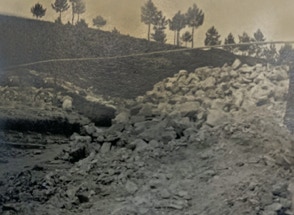

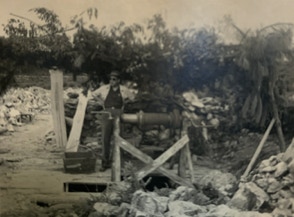
What is ore?
Ores are minerals that contain one or more useful chemical elements in such concentrations that their exploitation is profitable. These minerals provide chemical elements that are used in almost everything we need.

To make a mobile phone it is necessary 10 to 15 kg of ore, including 7 kg of gold-rich ore, 1 kg of copper ore, 750 g of tungsten ore, and 200 g of nickel ore.
Why can we find those mineral resources here?
Most of these minerals is related to granite formation 300 million years ago. In the final stages of magma cooling, there was a high amount of certain chemical elements. They formed minerals that were mined in veins and pegmatites.
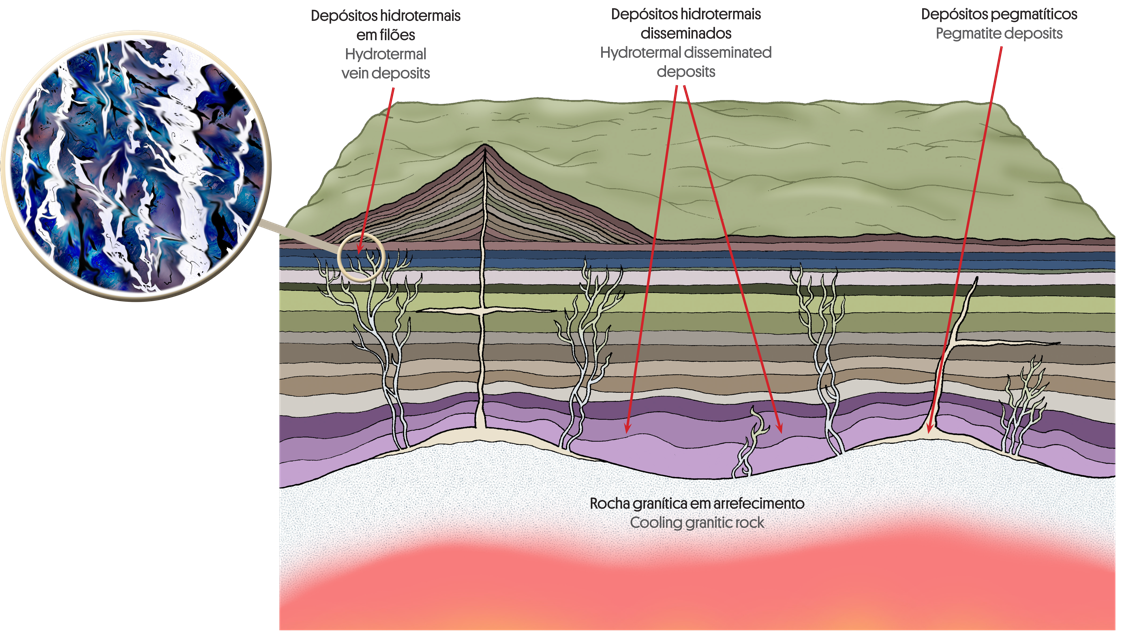
Formation of mineral
deposits associated
with granitic rocks

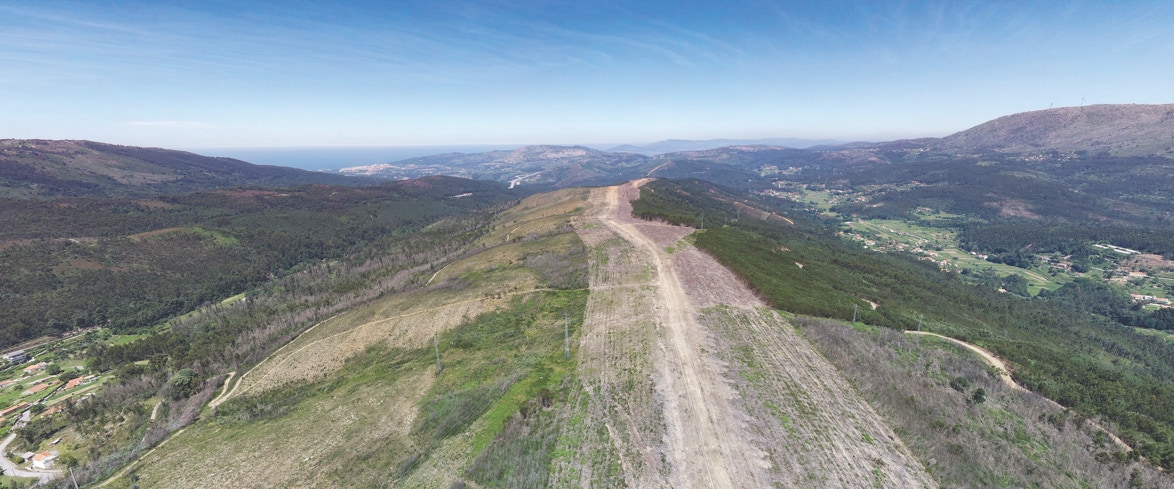
Let’ s read the landscape!

At the Earth’s surface rocks are exposed to chemical and physical processes called weathering. New minerals are formed and rocks break down, originating soil. Weathering makes rocks more fragile causing their dismantling, a process known as erosion.
Rocks with minerals more resistant to weathering change more slowly. Consequently, they became more prominent in the landscape. This is the case of quartzites, metamorphic rocks composed almost exclusively of quartz. In this LNM, tectonic movements caused the alignment of metamorphic rocks, creating crests showing a NW-SE trend that stand out in the landscape.
